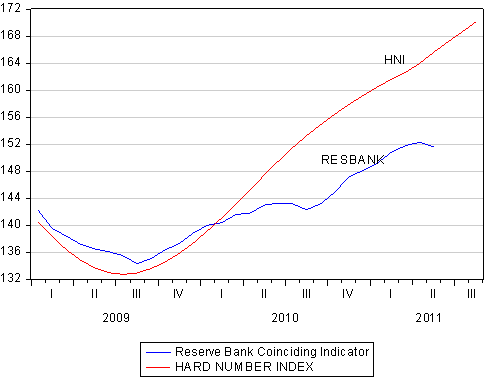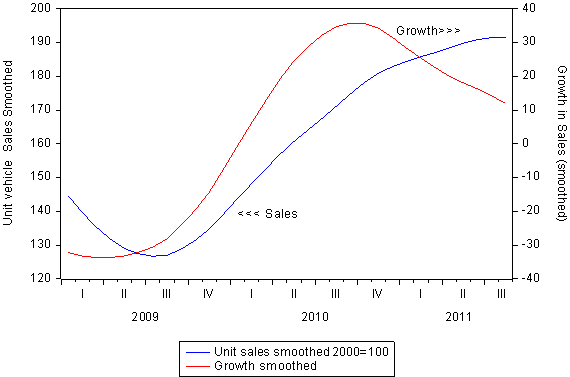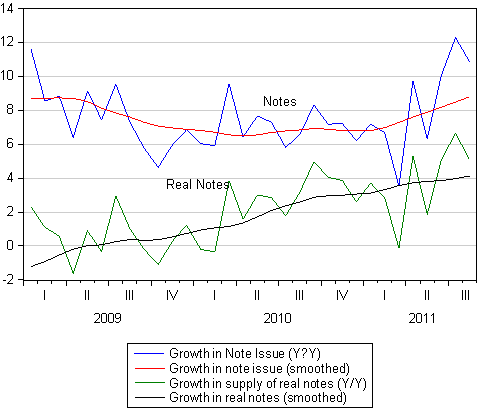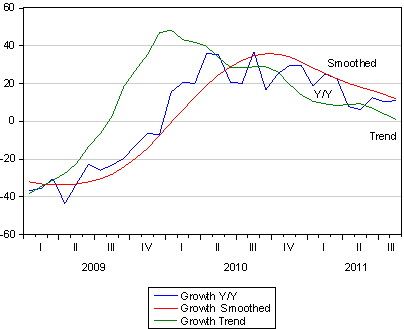The long awaited subsidy for Job Creation has become a reality. The Jobs Fund will make available R9bn over the next three
years as a subsidy for jobs to be created and encouraged with R2bn available this financial year. The fund will be administered by
the Development Bank (DBSA). It will be “…targeted at established companies with a good track record and plans to expand
existing programmes or pilot innovative approaches to employment creation, with a special focus on opportunities for young
people..” (Q&A, Media Briefing, Houses of Parliament, 7 June 2011).
The four areas of focus are Enterprise Development, Infrastructure Investment, Support for Work Seekers and Institutional
Capacity Building, including internship and mentorship programmes. The focus seems broad enough to cover almost any aspect
of business activity.
The approved programmes will be “..cost and risk shared by participants..to ensure real ownership..” In other words, private sector
participants will have to provide matching funds on a 1 to 1 ratio. A reduced own contribution is intended for “non-private sector
applicants” These would include municipalities and public enterprises. It may presumably include NGOs and their like. Applications
must be made by 31 July for funding this year.
The scheme will clearly be employment creating among the ranks of the consultants. It should prove particularly welcome to firms
with well established training programmes. “Support for Work Seekers; assistance with job search, mobilisation and enhancement
of training activities, support for career guidance and placement services” (Media briefing) will surely prove a boon to the well
established and much maligned labour brokers. The statement above reads like an accurate description of their business model.
The SA government is trading off a significant proportion of its corporate tax base for new industrial projects and subsidies for
employment. In addition to the R9bn Jobs Fund the newly defined s12i Tax incentives are backed by a 2011-12 Budget allocation
of R20bn. These are by no means trivial amounts in absolute terms, or relative to all the tax collected from SA companies. It would
be of interest to know the proportion of company taxes paid by manufacturers. Would it be as much as R20bn allocated in the
2011-2012 Budget?
In the 2010-11 Budget estimated revenue from companies was R150bn or 24% of all estimated tax revenues of R643bn. The SA
government’s dependence on income from companies is unusually large. In many other tax regimes the corporate tax rate may be
comparable to the rates levied on company profits in South Africa. But when taxes actually paid are reduced by investment and
many other allowances provided by government to stimulate investment and job creation, the effective (economic) tax rate
becomes much lower than the nominal company tax rate.
SA is following this route. More subsidy and allowances provided for companies, in one way and another, tax concessions and job
subsidies included, that lead to less tax paid and a lower effective tax on business profits. No doubt these lower taxes paid will be
very welcome to businesses that are able to engage skilfully with the system.
If however the path of government spending is to remain unaffected, as would appear likely, the taxes saved or the subsidies
provided to the companies that benefit, would have to be made up by taxes collected from other taxpayers. This must mean
increased taxes on consumption expenditure or on individual incomes; or companies outside the sectors favoured by industrial
policy will be forced to pay up for the benefits provided to industry.
The SA government clearly thinks, as do governments almost everywhere, that it can do better than simply providing an
encouraging tax and regulation environment for business in general. It clearly believes it can pick the winners in the industrial
space rather than leaving the investment and employment decisions to participants in the market place on a field levelled by
equally generous tax treatment, irrespective of the designated activity and location in which it takes place.
It would promote economic growth in SA if more generous investment or depreciation allowances were offered to business in
general rather than those judged particularly worthy by the bureaucrats involved. This would encourage companies to save and
invest more of their after tax earnings or cash flow. Investment allowances reduce the taxable income of companies, leading to
less tax paid and more cash retained and invested. This would lead in turn to more output and employment. But this is an
argument for lower business taxes in general rather than for particular benefits or subsidies.
One has to question the ability of the government through the Department of Trade and Industry (DTI) or any other of its agencies,
the Development Bank or the IDC, to pick the winners, without fear or favour, among the many proposals that are bound to be
made to it. As indicated there will be a great deal of taxpayer’s money at stake.
The government has proved itself much more capable of raising tax revenues than spending them effectively. The subsidies or tax
concessions will surely add to industrial output and employment. But we will never know how much better the economy might have
done and the employment created had much less discretion been exercised over tax concessions or subsidies. As the saying goes if you want more of something subsidise it, if you want less tax it. SA is doing both – extracting more tax from some
employers, employees and consumers, while subsidising other businesses and their employment decisions more generously.
The government through the DTI (and organs like the competition authorities) seems to show a marked and regrettable lack of
respect for the creative powers of private businesses. The simple recipe for economic growth is one that relies on businesses
directed by their owners and senior managers, to pursue their self interest, constrained essentially by the competition provided by
other businesses for their customers, workers and providers of capital. Economic history has surely proved that the recipe works.
But governing best by governing least does not serve the interest of ambitious policy makers. There is a constant flow of new
regulations and intrusions that SA business has to manage which adds to their costs and reduces their competitiveness with
imported goods. There moreover appears no popular ground swell of support for activist economic policies. The impetus seems to
come directly from officials and their consultants.
The poor protest about the lack of delivery of basic services by government not about the lack of delivery of basic goods and
services by businesses. SA Business, unlike the SA government, delivers very effectively. It would deliver more jobs if the labour
market were less heavily regulated to encourage them to do so.
Industrial policy and the Job Fund have become an expensive and counterproductive alternative to sensible, employment growth
encouraging, de-regulation of the labour market. The intervention by the competition authorities in the employment and
procurement decisions to be made by Massmart and Wal-Mart provide an obvious case in point and a further example of
government officials thinking they know better how business should be run in the interest of more employment. The goods and
services market has been made less competitive to make up for the lack of competition in the labour market. The employment
problem is one of the government’s own making, acting as it has done to entrench the rights of established workers, at the
expense of potential entrants to the ranks of the formally employed.
The government and its officials will no doubt point to the jobs gained through subsidy and perhaps also compulsion to employ
more labour demanded of the government departments themselves and publicly owned enterprises. The jobs lost because of
higher taxes and job destroying regulation will be much less obvious and ignored to the great disadvantage of the poor in SA who
need jobs – not handouts to lift them out of poverty.
The solution to the failures of the SA economy, or rather its formal businesses to provide jobs would seem obvious to all but those
with an interest in the status quo – the trade unions and the officials who write and implement interventions in the labour and other
markets of the economy. This is to rely less on government and its regulatory, taxing and subsidy powers and more on private
business to deliver more of the essential goods and services demanded in a modern economy.
To view the graphs and tables referred to in the article, see Daily Ideas in the Daily View: Daily View 8 June: Industrial and employment policy: A new dawn or a false dawn?








